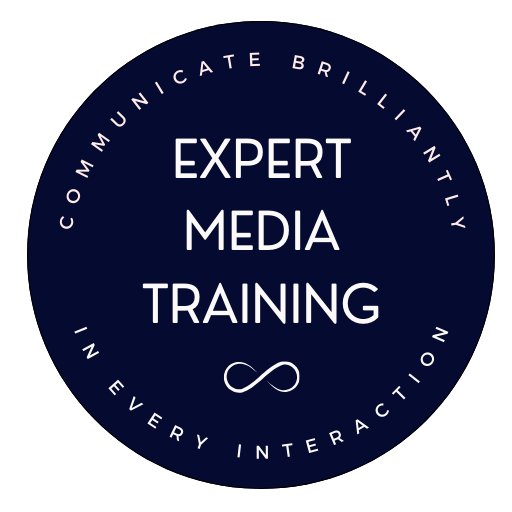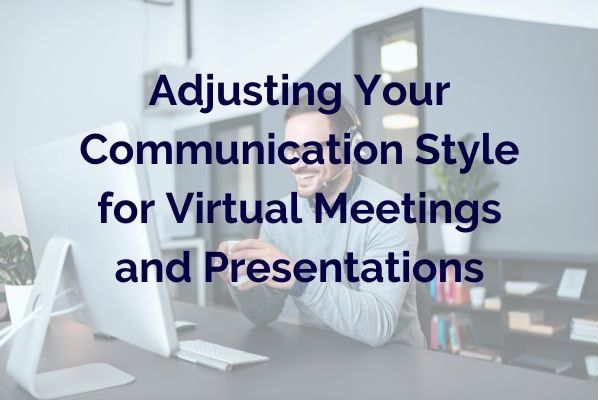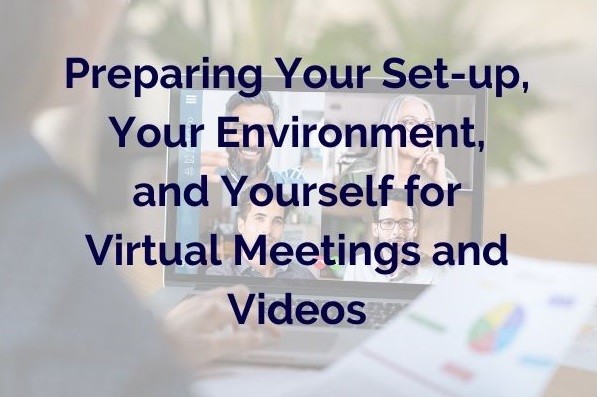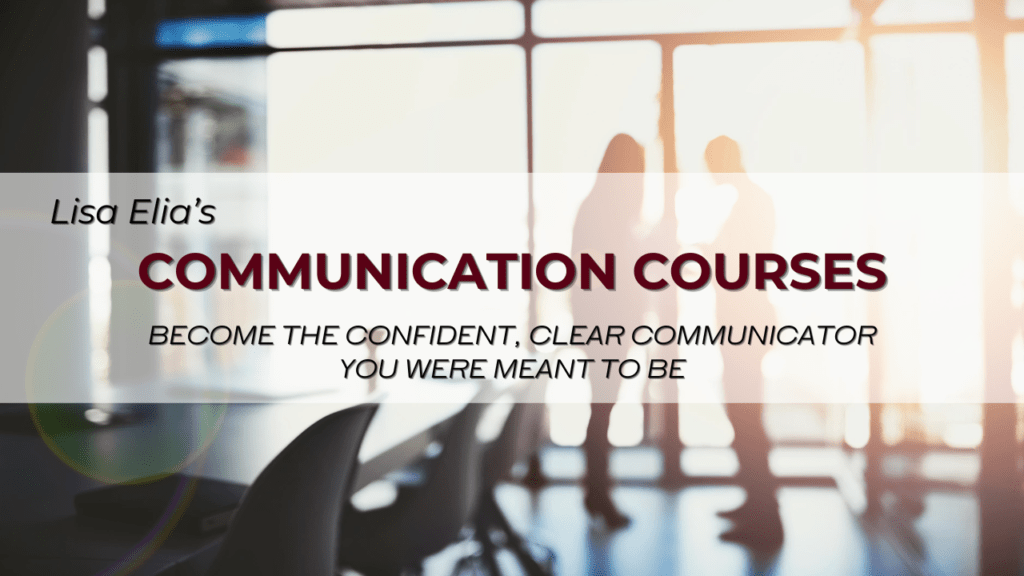
Four Steps to Prepare for Business Reopening During COVID-19
Four Steps to Prepare for Business Reopening During COVID-19
Now Is the Time to Plan for Changes in Procedures and Communications
With all of the adjustments that most companies have made to respond to the COVID-19 pandemic, it’s easy to focus primarily on the challenges in front of you. However, for business leaders, this is precisely the time to think about the shifts you will need to make to do business when social distancing mandates have lifted. You can take the same approach to planning for business reopening during COVID-19 that I use when working with clients to create both a general communication plan and the health-related component of a crisis communication plan. Communication planning is best when it is customized, but here are four steps that most businesses can follow.
Four Steps to Prepare for Business Reopening During COVID-19
1. Identify risk perceptions and misconceptions.
2. Identify actual risks.
3. Examine and upgrade procedures.
4. Communicate about upgraded procedures internally and then externally.
As you dive into each step more deeply, it can be beneficial to get input from team members at various levels of your organization through quick surveys or checklists. Here are the four steps with more detail.
- Identify Risk Perceptions and Misconceptions.
Go through every step of an interaction that a person might have with your business and consider what your customers or clients, employees, and others might believe are the risks to their health. These perceived risks may or may not be valid, but by addressing them properly you can help allay people’s fears.
Consider that many people’s attitudes about personal health and hygiene may be forever changed. During the social distancing mandates, many people will have become accustomed to the perceived safety of their homes where they can control their environments. When social distancing mandates are lifted their fears concerning the virus and germs, in general, won’t simply vanish.
A new, higher standard of hygiene will be expected by many people from all walks of life. If you question whether or not health and hygiene habits change with new information, consider the behavioral changes that people have made in response to scientific studies. To cite some examples of old behaviors that have changed: smoking used to be allowed on airplanes (and in almost every environment), bobbing for apples was a party game, and just about no one used to wipe down the handles of grocery carts. History has shown us that people can and do adapt to change and expect it when it protects their health and wellbeing.
- Identify Actual Risks.
 Identify points of surface-contact and face-to-face human interaction that are required in your business.
Identify points of surface-contact and face-to-face human interaction that are required in your business.
Take inventory of items that might be shared, such as coffee machines in offices, pens, or touch-screens where visitors sign in at a business office, and the more obvious door handles, retail store counters, dining tables, and restrooms.
- Upgrade Procedures.
Now that you have identified risks and perceived risks, develop procedures to address them, and to enforce compliance with your new and existing hygiene practices.
If contact with a surface is necessary, determine how the surface can be cleaned in a way that is sustainable in terms of labor and materials. If phone apps, motion-sensor technology, or other methods of eliminating surface-contact are possible, consider them.
Regarding face-to-face human interactions, we will probably all need to follow the lead of health professionals once social distancing has ended. Of course, this will vary greatly from industry to industry.
Replace items that are shared with safer alternatives. For example, if you have a stack of coffee cups near your office coffee machine consider replacing it with an enclosed cup dispenser.
Determine whether extra staff members will be needed to uphold your new hygiene standards and how this you’re your affect costs, organizational chart, and training procedures.
Consider changing your hiring practices to find employees who have the psychological makeup to comply with your new hygiene practices, if necessary.
If you produce products, create measures to ensure that manufacturers adhere to your hygiene standards, such as occasional live virtual tours to see the production or packaging of your products in real-time.
Talk to your vendors to find out what they are doing to maintain or improve their hygiene practices.
- Communicate About Upgraded Procedures Internally and then Externally.
Once you have determined the changes you will have to make regarding procedures, consider how you will communicate them to your staff, vendors, manufacturers, customers, clients, and other people who will be affected. These communications can include:
∙ internal communications, such as memos and training handbooks and videos;
∙ vendor hygiene-adherence agreements;
∙ contract revisions and amendments with manufacturers;
∙ and external communications with customers, clients and the general public, such as emails, texts, social media posts, videos, press releases, ads, and content on your website.
Be clear about the changes you are making in your products, services, and/or procedures in an effort to protect people’s health. In times of uncertainty, people crave certainty. Be resolute about the things you can control that will affect them.
 Adjust the tone of your communications to meet people where they are in terms of emotional state and practical concerns at the moment and projected into the near future. Infuse your communications with warmth, hope, and the emotional components of your brand. Backed up with solid plans and actions, your words will have more meaning.
Adjust the tone of your communications to meet people where they are in terms of emotional state and practical concerns at the moment and projected into the near future. Infuse your communications with warmth, hope, and the emotional components of your brand. Backed up with solid plans and actions, your words will have more meaning.
Lisa Elia, the author of this article and founder and lead trainer at Expert Media Training, provides services creating communication plans, media training, presentation training, investor pitch coaching, and video communication skills training.
For a complimentary consultation contact our office at 310-479-0217.
Would you like more tips and articles delivered straight to your inbox?

 This post was written by Lisa Elia, a media trainer, presentation trainer, pitch coach, communication expert, and speaker. She trains clients around the world for media interviews, speeches, internal and external presentations, panels, investor presentations, and promotional videos, and provides executive and team communication coaching.
This post was written by Lisa Elia, a media trainer, presentation trainer, pitch coach, communication expert, and speaker. She trains clients around the world for media interviews, speeches, internal and external presentations, panels, investor presentations, and promotional videos, and provides executive and team communication coaching.
With more than 25 years of experience, Lisa has prepared clients for interviews with TODAY, GMA, The Wall Street Journal, CNN, ESPN, and hundreds of other outlets. Lisa has shared her expertise with national media outlets that include Inc., Entertainment Tonight, E!, and many others. Clients include entrepreneurs, Fortune 500 companies, and everything in between as well as athletes, celebrities, and other public figures.


 Video conferencing can be an extremely effective way to hold meetings and deliver presentations. People tend to try to focus solely on the meeting and ignore distractions because their face is zoomed in on, they are probably less likely to be looking at other devices or whispering to someone next to them.
Video conferencing can be an extremely effective way to hold meetings and deliver presentations. People tend to try to focus solely on the meeting and ignore distractions because their face is zoomed in on, they are probably less likely to be looking at other devices or whispering to someone next to them. Somehow, most people look much more serious on video than in person. Greet people warmly with a smile at the start of the video meeting or presentation just as you would if you were welcoming them into your home.
Somehow, most people look much more serious on video than in person. Greet people warmly with a smile at the start of the video meeting or presentation just as you would if you were welcoming them into your home. Since there can be delays in video and sound transmission on video calls, pausing a bit more than usual will give people time to assimilate your message and to respond. Pausing periodically is especially important on group calls where different people may want to speak.
Since there can be delays in video and sound transmission on video calls, pausing a bit more than usual will give people time to assimilate your message and to respond. Pausing periodically is especially important on group calls where different people may want to speak.
 With video calls, it’s as if you are inviting someone (or a group of people) into your office, so it’s important to create a good experience for them.
With video calls, it’s as if you are inviting someone (or a group of people) into your office, so it’s important to create a good experience for them. During in-person meetings, people’s eyes may stray and they may not look directly at you as much as when you’re communicating via video. This is why it’s important to pay extra attention to your personal appearance.
During in-person meetings, people’s eyes may stray and they may not look directly at you as much as when you’re communicating via video. This is why it’s important to pay extra attention to your personal appearance. When working with my clients, I teach them a preparation ritual to help them manage nervousness and focus their minds before presentations, media interviews, and other high-stakes situations. Shifting your energy and preparing to be fully present for your meeting or presentation can help you to perform better and will make a vast difference in the way you feel and are perceived.
When working with my clients, I teach them a preparation ritual to help them manage nervousness and focus their minds before presentations, media interviews, and other high-stakes situations. Shifting your energy and preparing to be fully present for your meeting or presentation can help you to perform better and will make a vast difference in the way you feel and are perceived.


 This article was written by Lisa Elia, a Los Angeles-based media trainer, presentation trainer, communication expert and speaker. In addition to helping clients with crisis communication management and planning, she trains clients for media interviews, speeches, investor presentations and promotional videos. With more than 20 years of experience, Lisa has prepared clients for interviews with Today, Good Morning America, The Wall Street Journal, CNN, ESPN, and hundreds of other outlets. Lisa has been interviewed and shared her expertise with national media outlets that include Inc., Fox News, Entertainment Tonight, E! Entertainment and many others.
This article was written by Lisa Elia, a Los Angeles-based media trainer, presentation trainer, communication expert and speaker. In addition to helping clients with crisis communication management and planning, she trains clients for media interviews, speeches, investor presentations and promotional videos. With more than 20 years of experience, Lisa has prepared clients for interviews with Today, Good Morning America, The Wall Street Journal, CNN, ESPN, and hundreds of other outlets. Lisa has been interviewed and shared her expertise with national media outlets that include Inc., Fox News, Entertainment Tonight, E! Entertainment and many others.



